Projects
Featured
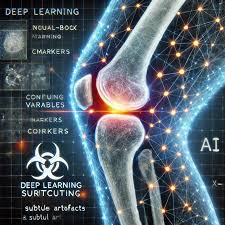
Researchers are aware of shortcutting, but do they know how bad it really is? In two projects so far, we have explored how medical images have more subtleties than most realize. It goes far beyond race and gender, but all kinds of strange patterns deep learning can find. This includes the year of an X-ray and the manufacturer. This makes it easy to claim all kinds of things can be predicted from an image.
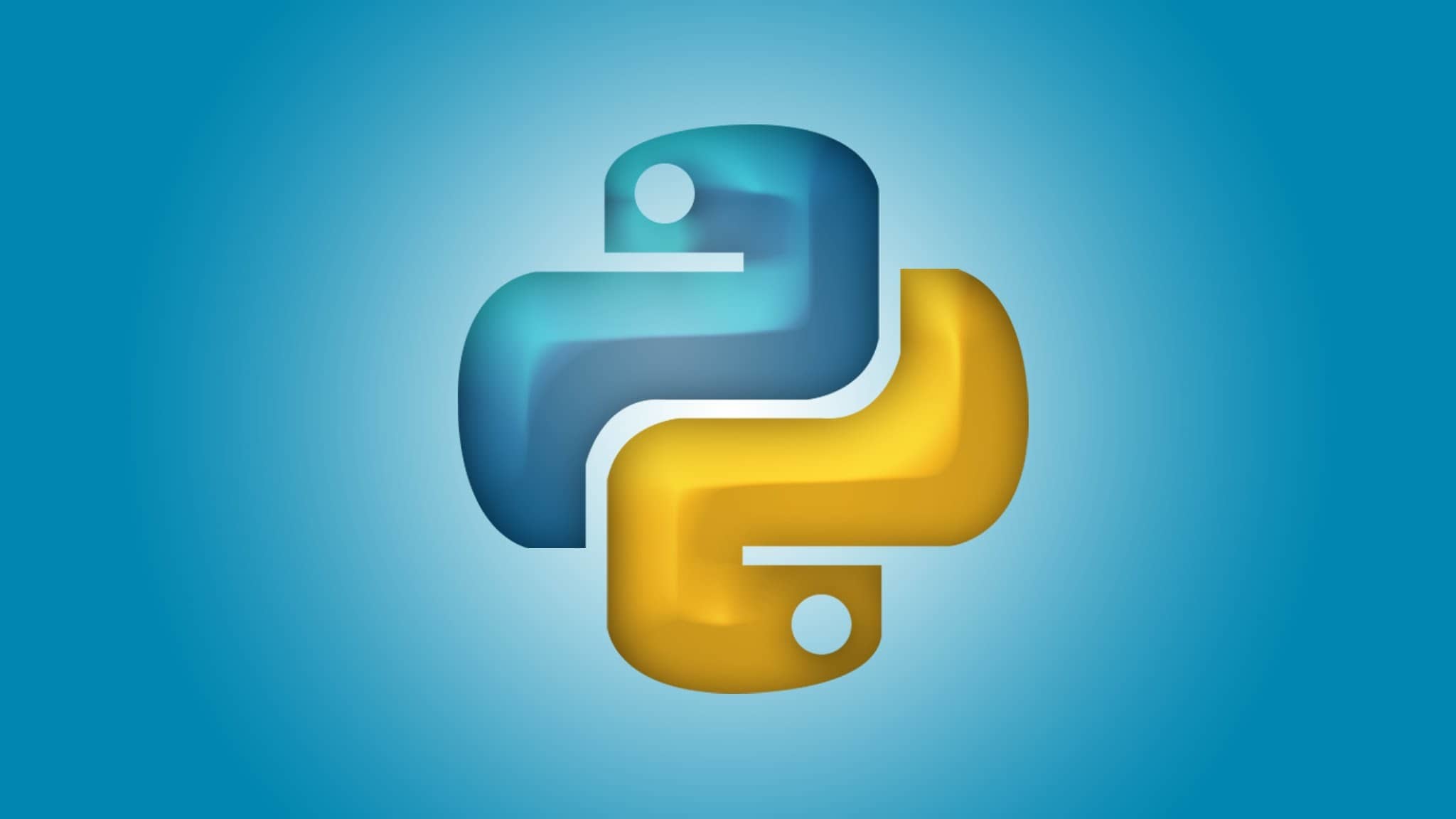
There is no need for everyone who starts using the Osteoarthritis Initiative (OAI) dataset to start from scratch. This open-source Python library makes it easier to jump into asking interesting questions faster. Feel free to use it; just thank us in the paper credits.
More
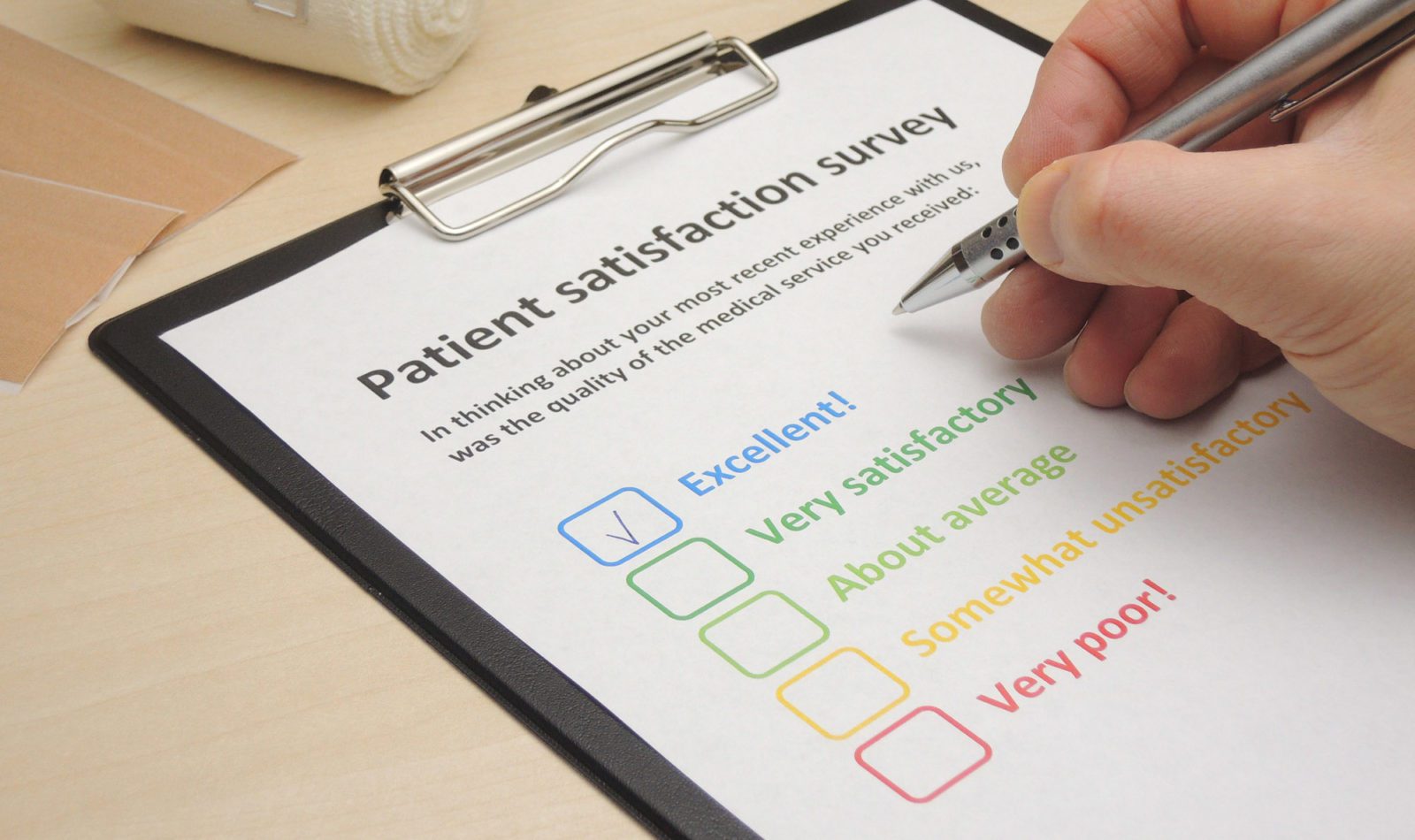
As we try to measure patient outcomes from procedures like total knee arthroplasty, PROs are the gold standard. While patient input through a survey matters, it is messy. We’ve been confirming just how flawed it can be as well as exploring potential additional metrics.

A collaboration with our Utah-based VA colleagues.
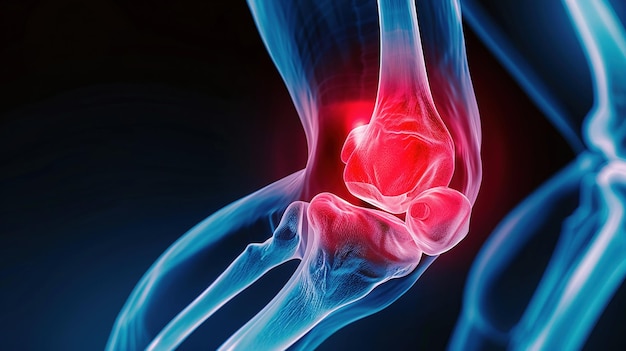
Radiologists and ortho docs make scales to classify how bad structural damage is to a knee. But how does that match the pain felt by a patient? Can CNNs see things humans miss?
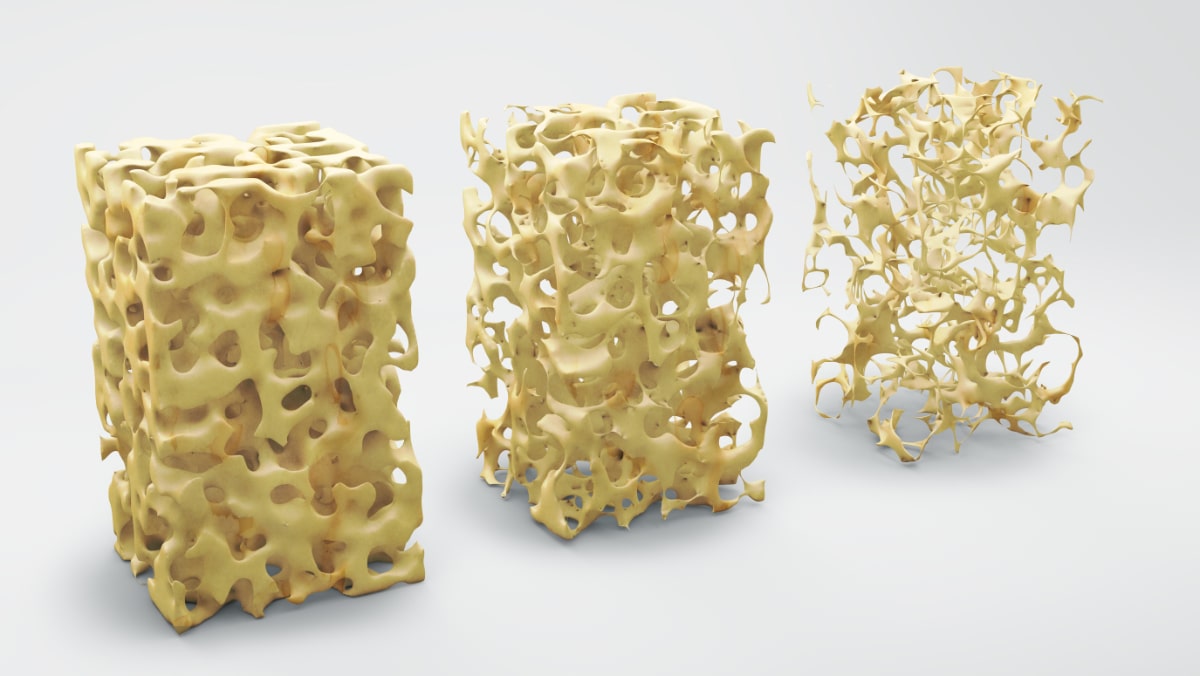
What if a surgeon could know the quality of the bone before starting surgery? What if osteoporosis could be detected without a dual-energy X-ray absorptiometry (DEXA) scan?
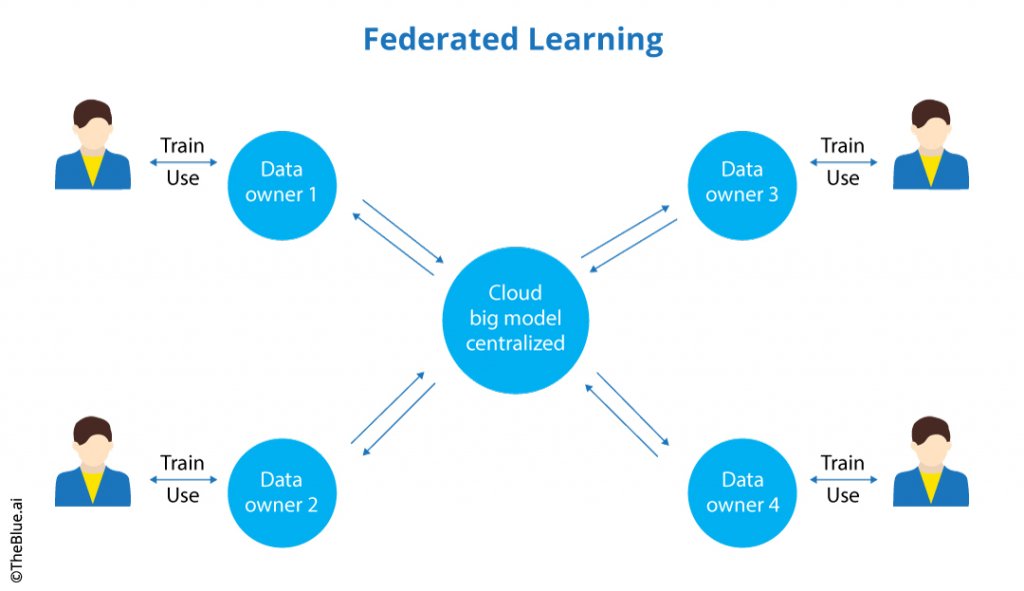
Federated learning isn’t new but hasn’t taken off. The solution may be simple and the applications broad.
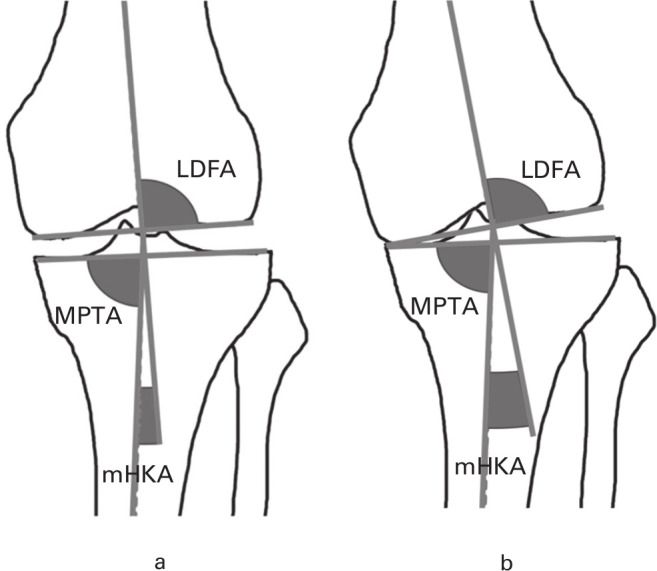
The debates rage on for what is the optimal coronal plane alignment knee (CPAK) strategy. Despite decades of research, each lab uses its own interpretations of how to measure alignment. How about a common tool?
